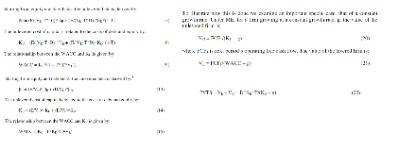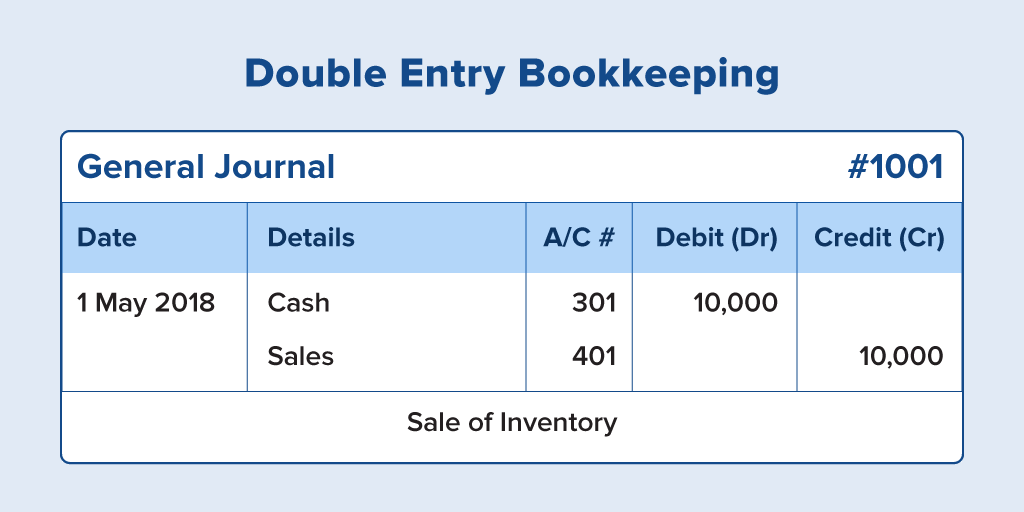
Along the way, I hope that you’ll also pick up on a few other useful Excel functions. In this module, you will learn to recognize the importance of making room for empirical enquiry in decision making. You will explore characteristics of an analytical mindset in business and accounting contexts, and link those to your core courses. You will then evaluate a framework for making data-driven decisions using big data. Browse our list of top data analytics companies and learn more about their features in our hiring guide. Working with data analytics comes more easily to people with strong quantitative skills and business acumen.
- I have learned not only about using Excel for accounting, but also the many functions of Excel.
- I have been impressed and excited that McGraw Hill has incorporate Excel Analytics and Tableau Analytics (both from a user and creator perspective) to pretty much all of their accounting courses.
- When these companies integrate data analytics, it becomes easier for them to control and analyze full data.
Embedded models can be updated more frequently based on the season, the accuracy of the existing models, and behavioral or other activity changes. As the models learn, they are better able to adapt automatically to unpredictable changes in markets, customer behavior, and other activities. Data analytics presents accountants and finance professionals with an opportunity to regain some of the decision-making authority the professions had prior to the advent of automated decision-support systems over the past two decades. Accounting data has become one of several sources of information that contribute to a business’s analytics operations, and accountants have been relegated to providing only “historic” data while the analytics department provides insights and outlooks. In particular, the use of data analytics in accounting and finance has been a major factor in boosting profitability and reducing the costs of doing business. Since their inception, the accounting and finance industries have proven their worth to businesses by delivering new forms of value, whether through higher revenue or more efficient operations.
Learner reviews
The fintech companies have now realized that it is imperative to utilize the generated data completely in order to reap the best benefits. Besides, the implementation of business analytics in fintech increases effectiveness, provides exceptional solutions and develops customer-oriented approach for the industry. Nonetheless, it also lessens the number of frauds and risks that lie in the financial sector.
- They can be used to inform recommendations, strategies, and actions that can result in major wins for a company.
- Connect®
Course management, reporting, and student learning tools backed by great support. - This course is part of the following degree programs offered by University of Illinois at Urbana-Champaign.
- We have 5 different types of assignments in many of the core course areas, that all build on one another.
This information is provided to internal audit staff, external audit personnel, and business unit management to support oversight or operational activities. Predictive analytics and prescriptive analytics are now required because they provide actionable insights for companies. Accountants need to increase their competence in these areas to provide value to their organizations. One of the most common applications of predictive the history and evolution of etsy analytics is the computation of a credit score to indicate the likelihood of timely future credit payments. Prescriptive analytics uses a combination of sophisticated optimization techniques (self-optimizing algorithms) to suggest the most favorable courses of action to be taken. If you’re an accountant or auditor stuck with back-end spreadsheets and calculations, it’s time to look deeper into your numbers.
Emerging Approaches for Data Analytics in Accounting
In this course, taught by Wharton’s acclaimed accounting professors, you’ll learn how data is used to assess what drives financial performance and to forecast future financial scenarios. By the end of this course, you’ll understand how financial data and non-financial data interact to forecast events, optimize operations, and determine strategy. This course has been designed to help you make better business decisions about the emerging roles of accounting analytics, so that you can apply what you’ve learned to make your own business decisions and create strategy using financial data. The success of accountants and finance professionals depends increasingly on understanding the opportunities that data analytics creates for their clients and their industry.

In doing so, they inform decisions and create accurate projections that improve performance, productivity, and profitability. Accountants already work with data and data analytic outputs to assess business performance within the framework of accounting principles and methods. They also use it to identify trends and unusual items requiring further investigation. However, the new accountant’s responsibility is to expand upon these responsibilities and take them a step further. Their ability to understand, process, interpret, and provide insight into these data outsources will play a vital role for both their clients’ and firms’ success. A quick Google search will show you that there are many books, articles and videos that describe Big Data and its impact today (and tomorrow) on businesses.
Resources on accounting and data science
To sift through and make sense of large data volumes, use data analysis software. Data analytics tools help organize large data sets, identify relationships between complex data points, and generate reports to enable trend analysis. They allow you to spot patterns and outliers, require low-to-no coding skills, and even offer user-friendly drag-and-drop interfaces. An important component of accounting data analytics is identifying potential fraud in financial records.

You will then use your knowledge of different charts to identify alternative charts that are better suited for directing attention. Therefore, a particularly intriguing aspect of text mining is that many of its applications are conducted as unsupervised learning. Regardless of how many documents an organization has, an individual wants to be able to find the ones most relevant to a topic or query. The text-retrieval process within an organization would be similar to the underlying processes used by Google’s search engine, the search bar of a personal computer, or the search options of tax content providers such as CCH and Bloomberg BNA. With the help of augmented analytics, the finance teams can easily get all the information that they need to provide detailed view of various key performance indicators (KPIs) like net income, revenue generated, payroll cost and other expenditures.
Learning Solutions
It also allows the executives to take crucial actions and decisions to prevent/manage the same. On the whole, Big data contemplates distinctive fraudulent activities through predictive analysis. Companies are embedding predictive models in their business processes that can be expanded as new data sources become available.
Thus, Predictive Analytics has the potential to greatly assist firms in achieving new heights. Graduates with an advanced business degree in accounting will need a foundation in data analytics to best support a business’ financial needs. Below are DA applications that support executive decision-making, as well as financial and management accounting. Diagnostic data analytics in accounting aim to answer these more complex questions.
Tax accountants use data science to quickly analyze complex taxation questions related to investment scenarios. In turn, investment decisions can be expedited, which allows companies to respond faster to opportunities to beat their competition — and the market — to the punch. DA technologies can help accountants ensure that their companies generate consistently positive cash flow and make significant strides toward achieving their objectives. In the process, DA tools automate routine tasks, such as reconciling accounts, generating reports and preparing financial statements. Automating these processes frees up accountants to conduct more value-added work that takes full advantage of their expertise and training.
Recommended if you’re interested in Finance
The data analysis tools are structured around two tracks—the Microsoft track (Excel, Power Pivot, and Power BI) and a Tableau track (Tableau Prep and Tableau Desktop). Using multiple tools allows students to learn which tool is best suited for the necessary data analysis, data visualization, and communication of the insights gained. Data Analytics for Accounting 3e is a full-course data analytics solution guaranteed to prepare your students for their future careers as accountants. Accounting Analytics explores how financial statement data and non-financial metrics can be linked to financial performance.
His lessons in the last segment of the Accounting Analytics opened my eyes in many facets of accounting in relation to deparments in an organization. In addition to our five Data Analytics tools, we also have Excel assignment types available within Connect. Excellent course, well structured, taught by a subject matter expert, suitable for individuals with executive background as well as middle-level and junior learners.
برچسب ها: